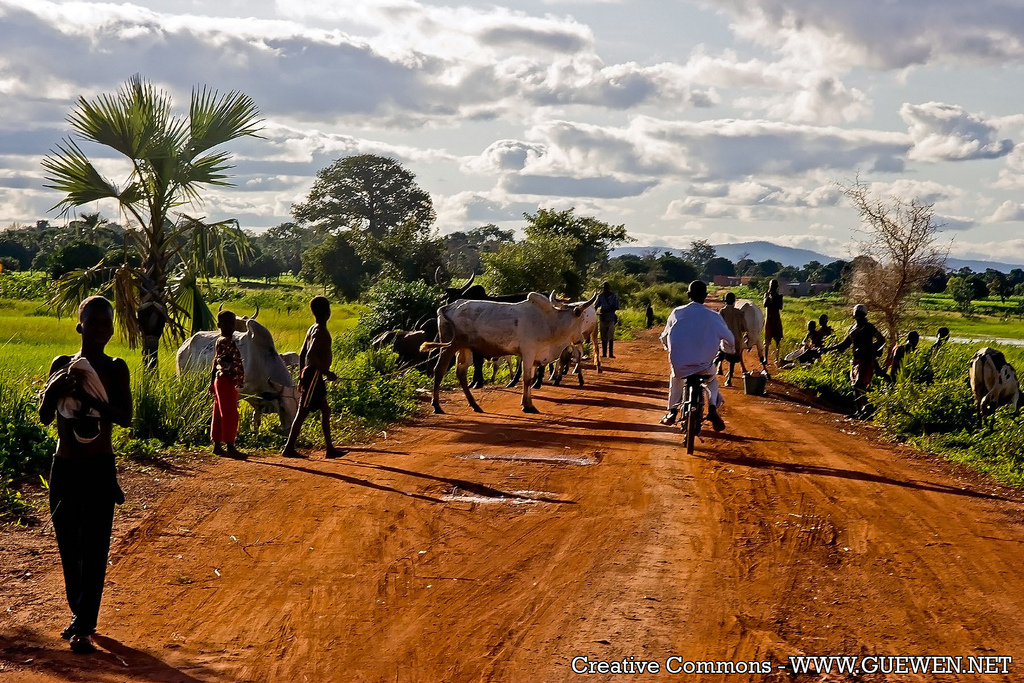How to reduce vulnerability in rural Burkina Faso: keep the trees and plant more or diversify livelihoods?

How to understand vulnerability and how to reduce it?
If you ask the question “What is vulnerability?” to several people in the street they are likely to give you different answers. The same is probably true for those who work with policy and make decision on how to reduce vulnerability of people in rural communities in Africa or elsewhere. Different understanding results in different way of doing things. At the policy level it means that the entire chain of actions, from national to community level, will be implemented based on the interpretation by policy makers.
Our new Policy Brief prepared through the collaboration of SIANI and Focali (Forest, Climate, and Livelihood research network – a Swedish multidiciplinary research network) looks at vulnerability from two different perspectives on the example of parklands in Bonogo, Burkina Faso, a type of agroforestry agriculture common for this area.
The village of Bonogo lies 35 kilometres south of the capital, Ouagadougou and has high population density most of whom have low incomes. The villagers rely on a combination of subsistence-based, rain-fed agriculture complemented by small-scale businesses. Mango, shea, néré and tamarind are the most commonly grown trees. Numerous reports indicate that Burkina Faso’s parklands are increasingly degrading due to complex socio-ecological forces such as increasing market demand for agricultural, livestock and forestry products, inadequate governance, over-harvesting, and recurring droughts.
Burkina Faso has a relatively dry tropical savanna landscape with two distinctive seasons – the rainy season and the dry season, which means that agricultural production can easily be affected by natural events like flood and drought exacerbated by climate change. In its turn, this means the inhabitants are vulnerable to food insecurity.
What is more important to reduce vulnerability in this case: keeping the fruit and timber trees and planting more or diversifying the livelihoods of the Bonogo inhabitants? These would be the two main ways of dealing with reduction of vulnerability in Bonogo. Derived from the two concepts which are currently widely used in the analysis of vulnerability, the Resilience and the Human Security concepts, these have different ways of looking at the adaptation options and may have very different outcomes for policy on the ground.
Applying the Resilience and the Human Security perspectives to the case of Bonogo, this brief outlines major differences between the two, lists key policy options for both and offers a way of dealing with vulnerability that would integrate the approaches.
The two framings arrive at one important common conclusion: the presently high dependence on natural resources in general, and trees in particular, needs to be decreased through livelihood diversification. The explanations of why diversification is needed differ between the two framings, however, these differences do not need to be overcome per se. Rather, there is a need to pay more attention to how our assumptions and interpretations of changes in nature and society matter for understanding vulnerability and adaptation and management of natural resources.
Policy Brief available here
SIANI, Focali.se Policy Brief September 2015. Interpretation matters: Exploring the policy outcomes of competing vulnerability framings in rural Burkina Faso. Author: Jenny Friman.
(0) Comments
There is no content